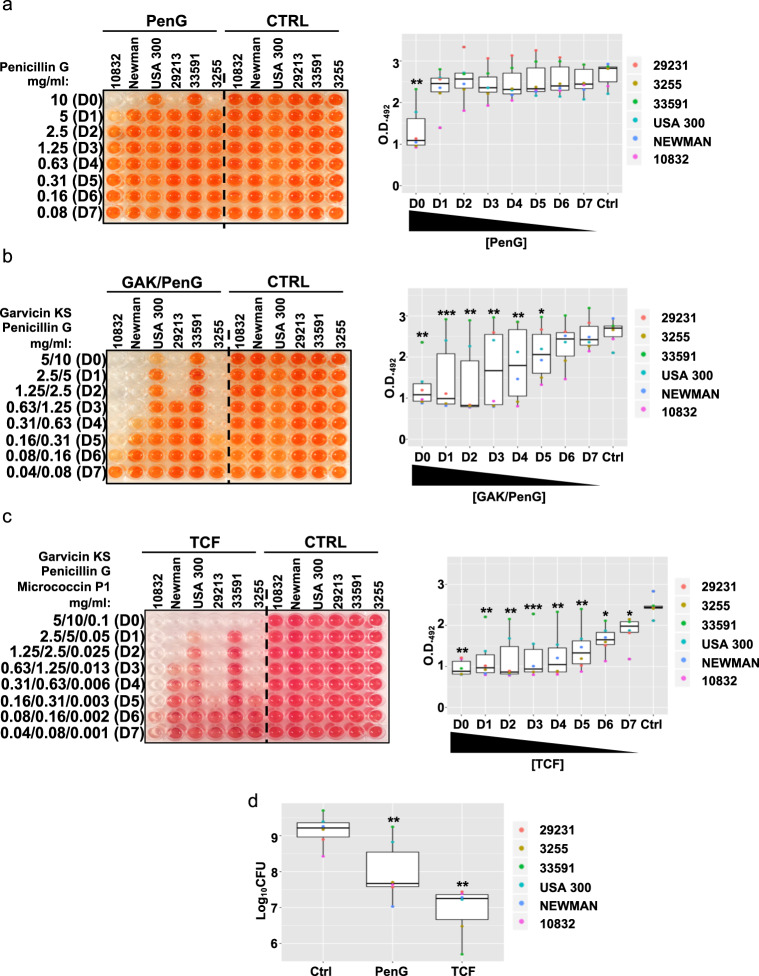Fig. 2. Garvicin KS and micrococcin P1 sensitize MRSA strains to penicillin G.
a A representative image of the BOAT assay performed with penicillin G (Pen G, first six columns of the plate) or with its control vehicle (Ctrl, last six columns of the plate) is shown. The relative boxplot analyzing the trends of metabolic activity in the function of penicillin G dilution is shown on the far right. The BOAT assay and the relative metabolic activity quantifications were performed as detailed in Fig. 1. In b and c, similar experiments as in a, but the data refer to the combination treatment between garvicin KS and penicillin G (GAK/PenG), and the tricomponent formulation (TCF) between garvicin KS, micrococcin P1 and penicillin G, respectively. The control vehicles to their final concentrations were sterile distilled water in panel a, 0,02% (v/v) TFA in panel b and 0.033% (v/v) trifluoracetic acid/6.25% (v/v) 2-propanol in panel c. d Boxplot showing the median distribution of Log10CFU values obtained upon the indicated treatments and strains. The Log10CFU counting was performed following the BOAT assay for each indicated antimicrobial. The concentrations used for garvicin KS and micrococcin P1 were the same as in Fig. 1d, and the penicillin G concentration was 10 mg/ml. The control (Ctrl) samples were treated with an equivalent amount of the antimicrobial vehicles. All the data represent the average values obtained from three independent experiments. Asterisks above the boxplots represent the statistical significance (p value) as determined by Welch’s t test by comparing the median of each group with that of the respective control (Ctrl) group. Asterisk representation of statistical significance: *p ≤ 0.05; **p ≤ 0.01; ***p ≤ 0.001; ****p ≤ 0.0001.

